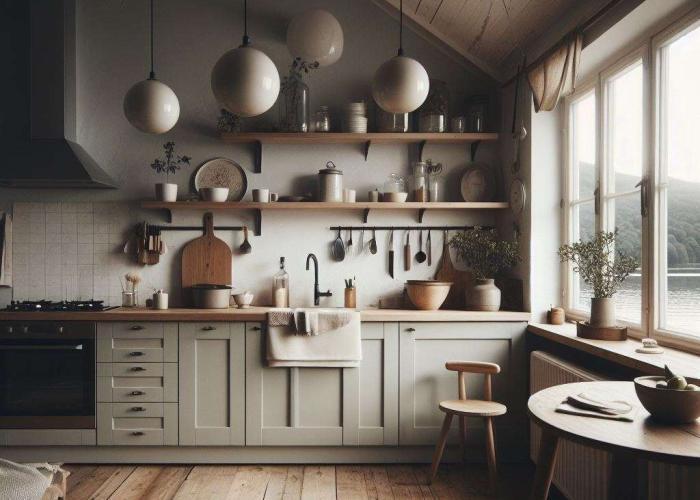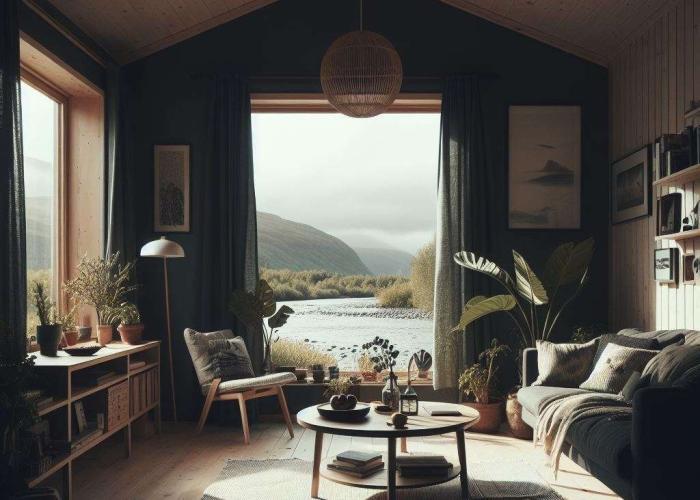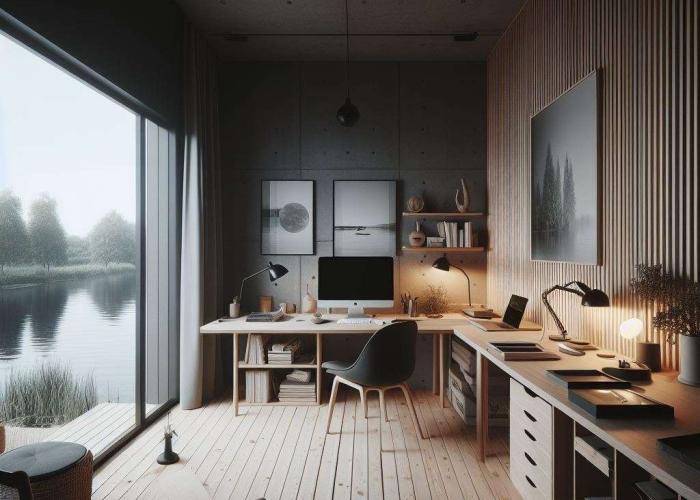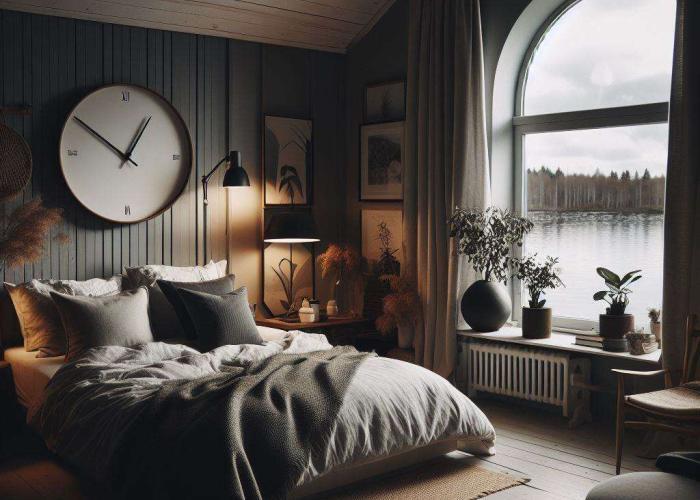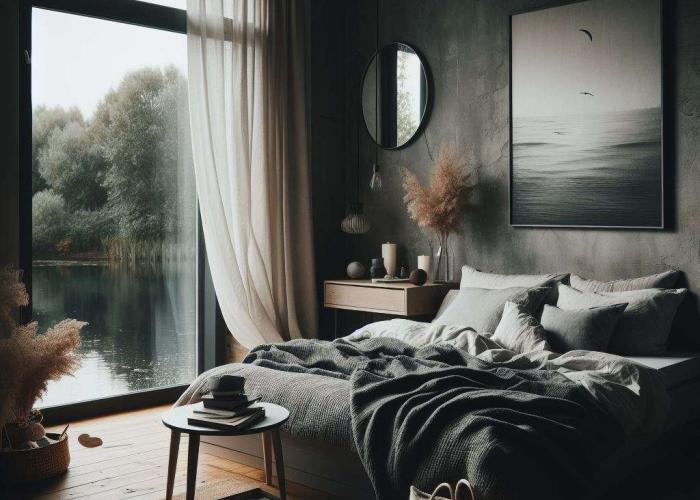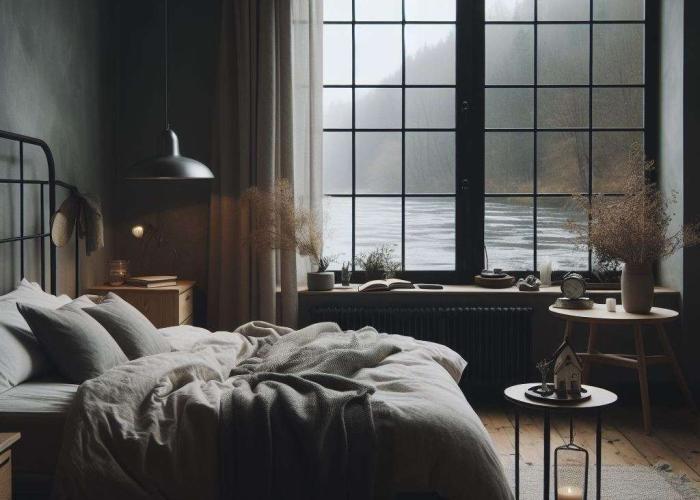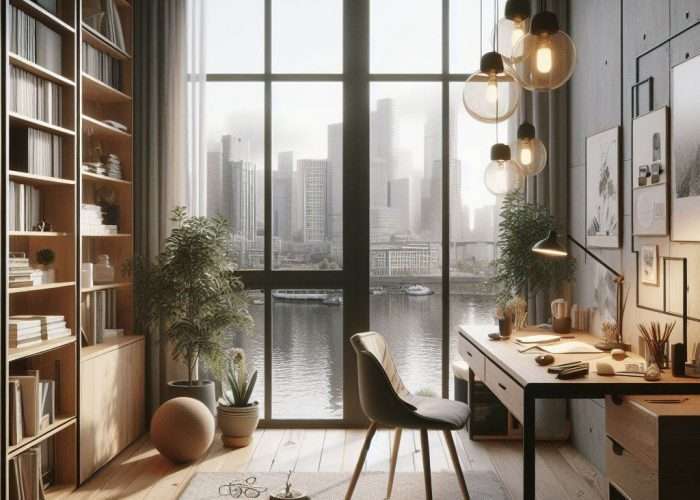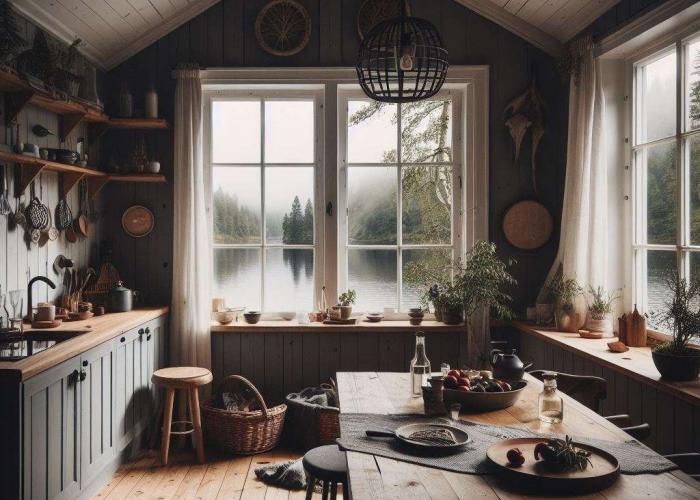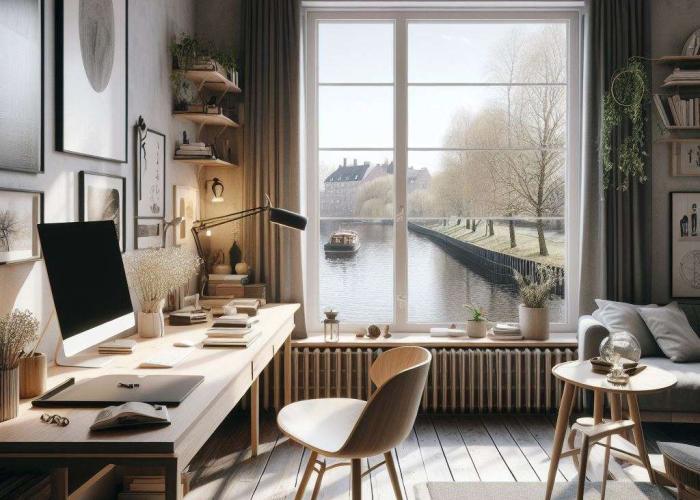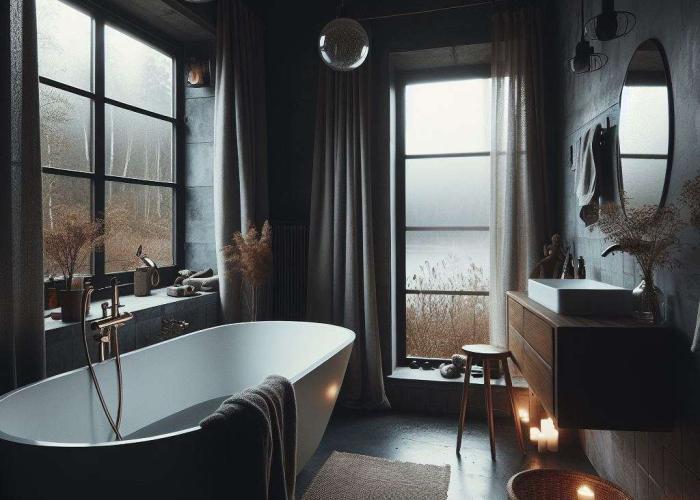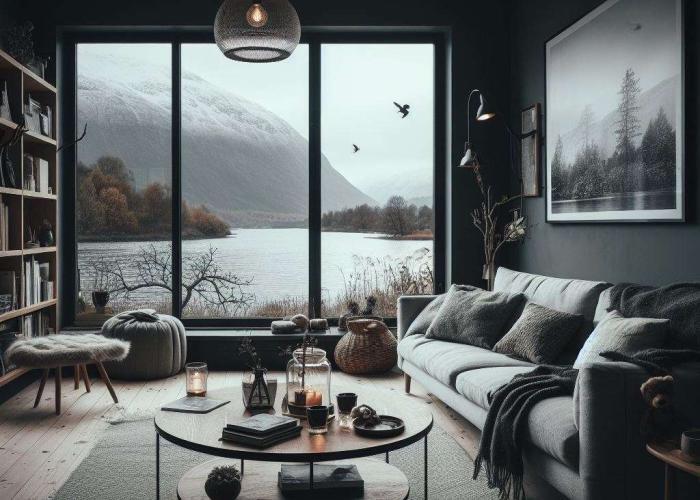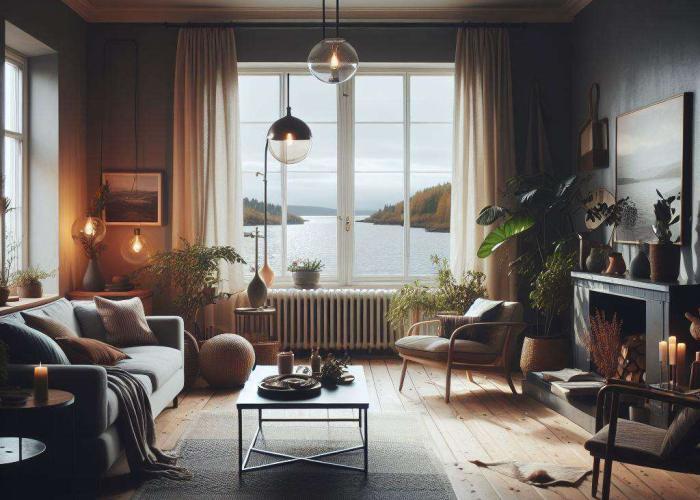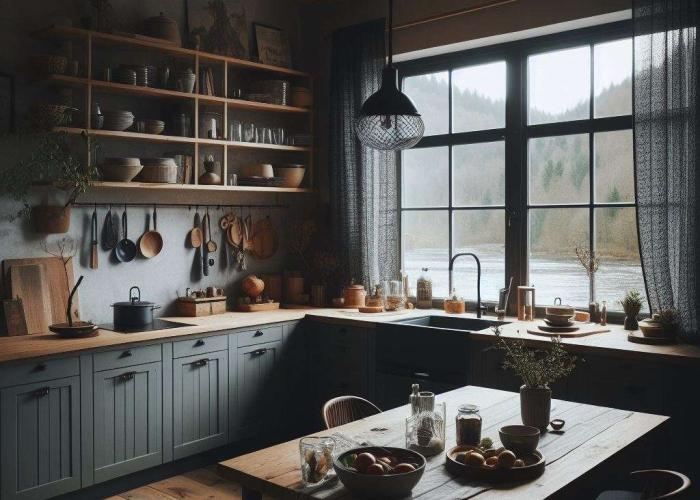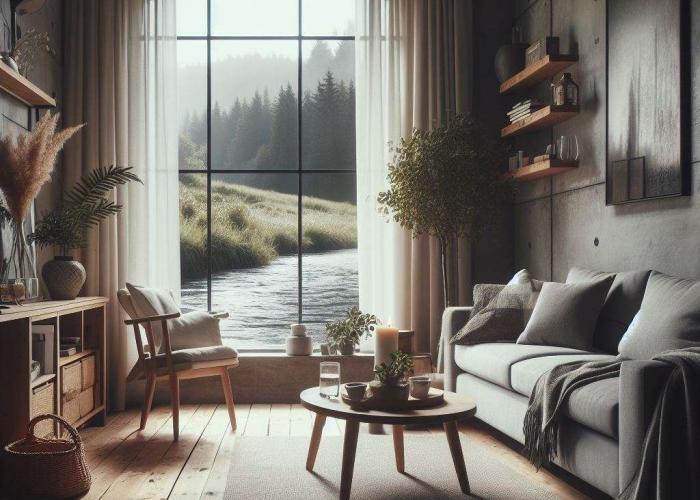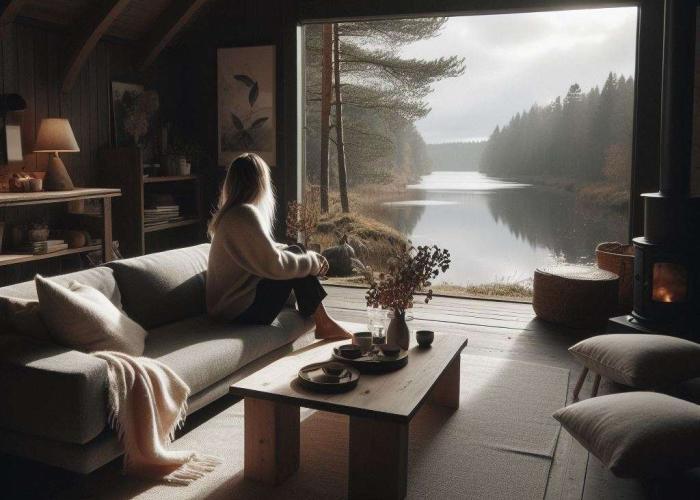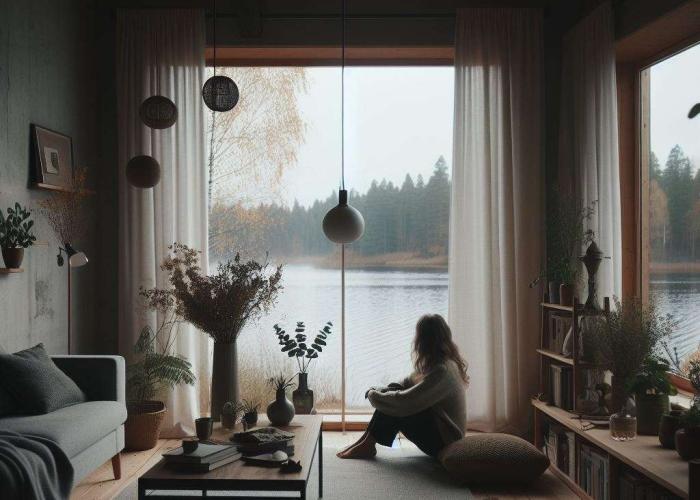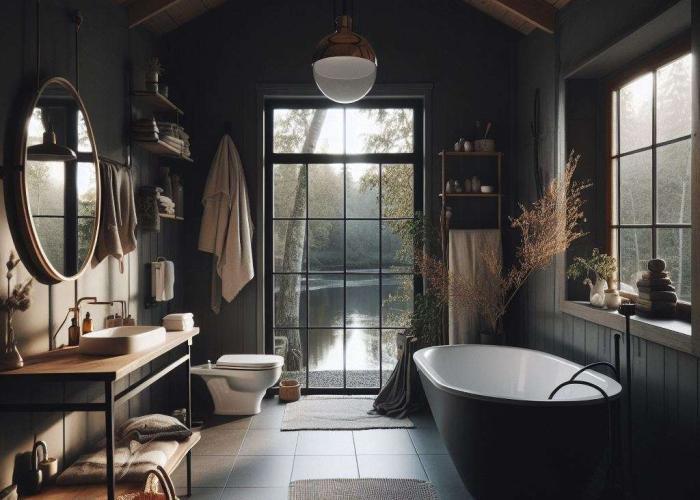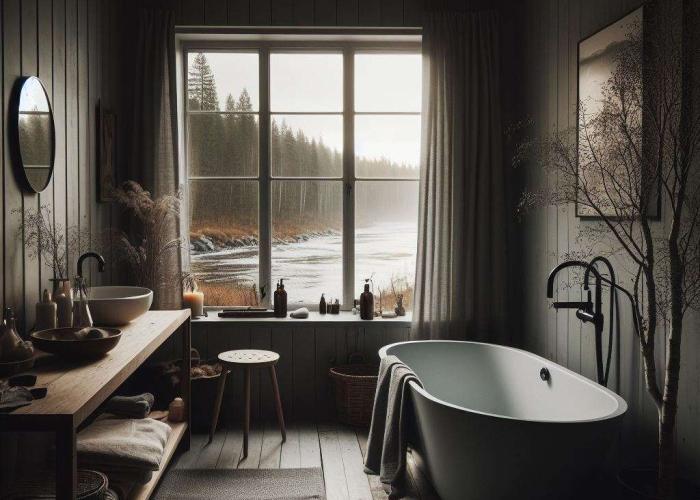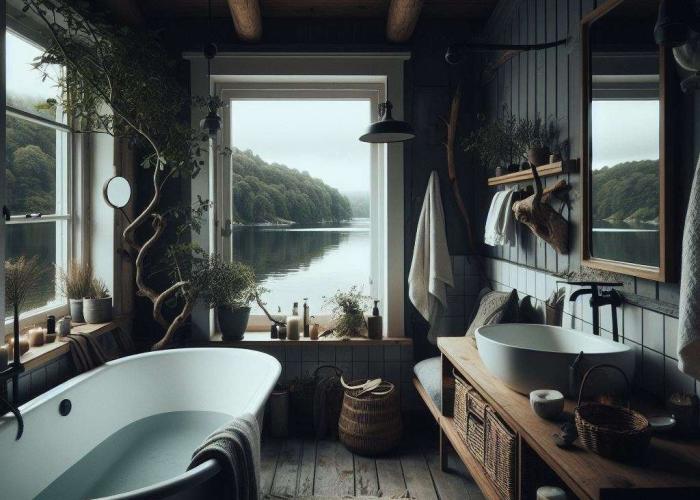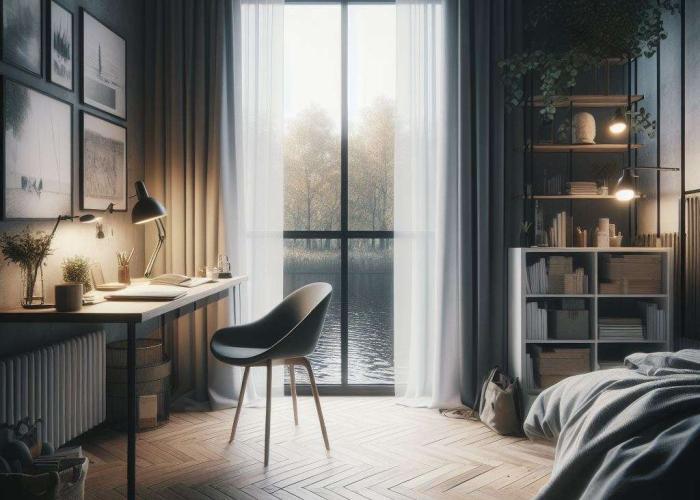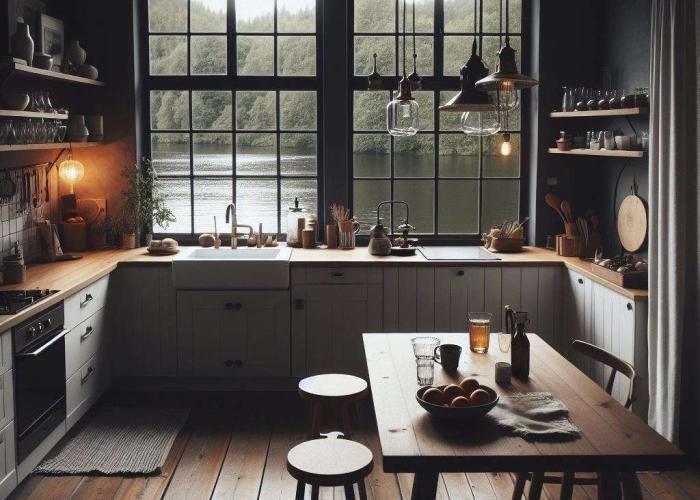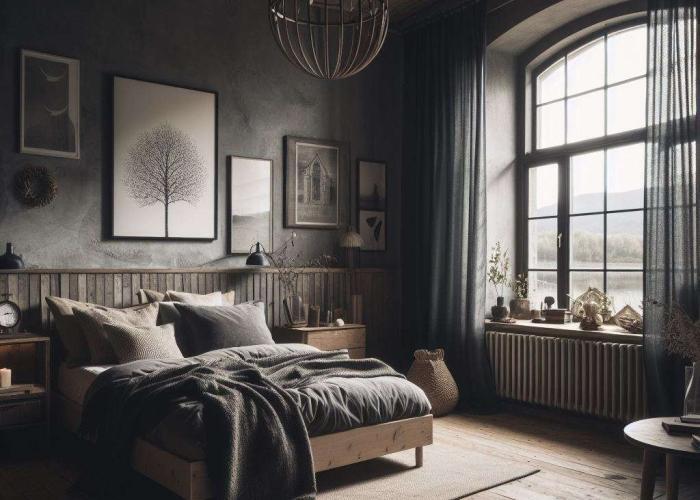AI Based Design
Scandinavian design
Scandinavian design is a design direction that originated in the Nordic countries of Sweden, Norway, Denmark, Finland and Iceland and has gained worldwide recognition. Shaped by the climatic and cultural conditions of these regions, Scandinavian design is characterized by a unique combination of functionality, aesthetics and naturalness.
A distinctive feature of Scandinavian design is its simple elegance and minimalist aesthetics. Clean lines, simple shapes and a restrained color palette, often dominated by white, gray and beige, characterize this style. This deliberate reduction to the essentials reflects the Scandinavian philosophy, which emphasizes the pursuit of a balanced and harmonious lifestyle.
Natural materials play a central role in Scandinavian design. Wood in various finishes, from light birch to dark teak, adds warmth and coziness to the furniture and interiors. Other popular materials include linen, wool and leather, which are used for textiles and upholstery, creating a natural, organic atmosphere.
Functionality is at the forefront of Scandinavian design. Furniture and home accessories are often multifunctional and are characterized by clever details that make everyday life easier. Form follows function without sacrificing aesthetics. This combination of practicality and elegance makes Scandinavian design both timeless and suitable for everyday use.
Another important component of Scandinavian design is the emphasis on light and space. Large windows, open floor plans and bright colors make the rooms feel spacious and inviting. The use of light in interior design, whether through natural light sources or through well-thought-out lighting concepts, creates a pleasant and calming atmosphere.
Overall, Scandinavian design embodies a lifestyle characterized by simplicity, functionality and well-being. It is a timeless design direction that stands out for its timeless elegance and practicality for everyday use, inspiring people all over the world.
